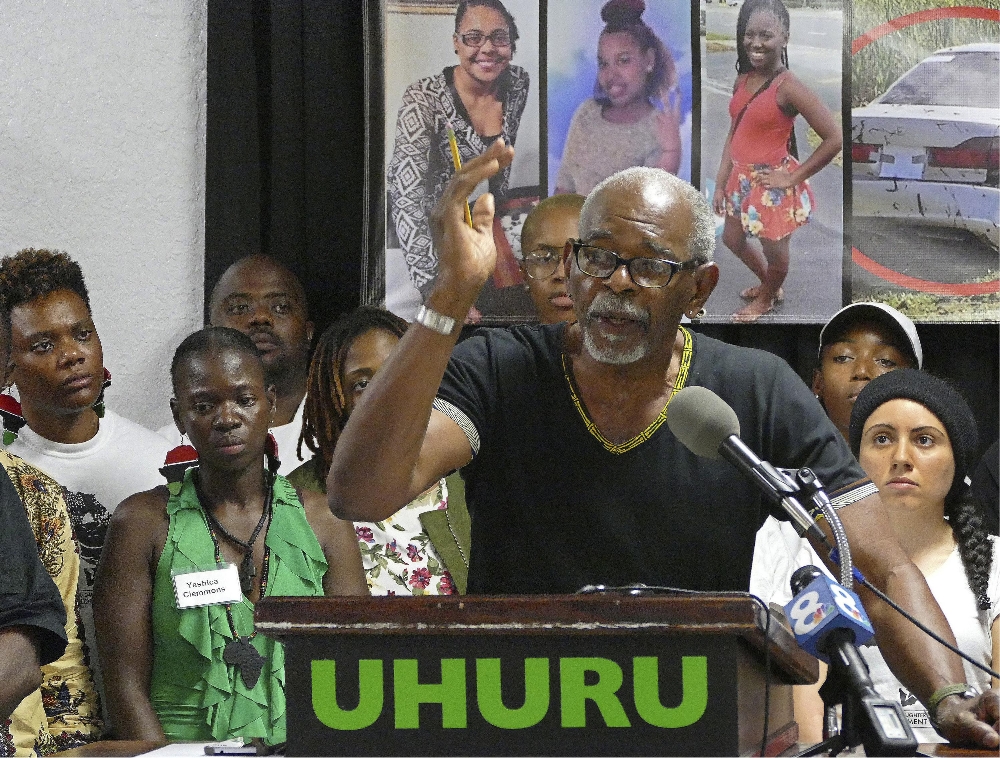For anxious election-watchers on Tuesday evening, early returns from several East Coast states will offer clues to how the night might unfold. Here are some of the first states to watch as results come in.
What would make Hillary Clinton nervous: President Barack Obama won Virginia twice, and opinion surveys have consistently found Mrs. Clinton leading there. But Virginia could look like a nail-biter early in the evening, before results are tabulated from the heavily populated northern part of the state that tends to favor Democrats.
What Mr. Trump will look for: Mr. Trump’s plan for building an Electoral College majority turns in large part on Ohio, the nation’s biggest swing state after Florida. Most polls show him ahead in the state, and so a loss there could signal broader problems across the map.
If Mr. Trump lost Ohio, he would need to make up its 18 electoral votes by winning one of several other big states, such as Michigan, which polling suggests are more of a reach.
What Mrs. Clinton will look for: North Carolina is one of the few states that Mrs. Clinton may be able to reclaim from the Republican column. Mr. Trump’s path to an Electoral College victory is already narrow. It becomes significantly tougher if Mrs. Clinton deprives him of North Carolina, which Republicans won by about 2 percentage points in 2012.
The state lacks the large concentration of minority voters that has given Mrs. Clinton a boost in many other places. But the voter pool, while overwhelmingly white, tilts slightly Democratic, according to Dante Scala, a political-science professor at the University of New Hampshire. It includes a large share of college-educated voters, who have leaned toward Mrs. Clinton in many opinion surveys.
College-educated whites have emerged as an important component of Mrs. Clinton’s coalition this year, while working-class, white voters—including some former Democrats—have moved toward Mr. Trump. Observers will be looking for Mrs. Clinton’s performance among college-educated whites to predict her success with that group elsewhere.
The power of the Hispanic vote will be particularly visible in Miami-Dade County, which gave Mr. Obama a winning margin of 208,000 votes in 2012, an important boost in a state he won by fewer than 75,000 votes. If that margin grows this year, it could be a sign that Miami’s traditionally GOP-leaning Cuban-Americans are moving into the Democratic fold.
The preferences of Hispanic voters in Florida will also hint at the role those voters may play in Nevada, Colorado and Arizona, a traditionally Republican state that could swing on Hispanic turnout this year.
Florida is also home to four of the nation’s most competitive House races in regions that, thanks in part to redistricting, represent the types of suburban and multiracial populations that Republicans must retain to defend their majority in the House. An Orlando-area race between GOP Rep. John Mica, a longtime incumbent, and Stephanie Murphy, a young businesswoman and immigrant, may serve as a strong barometer of Democratic prospects in these diverse, suburban districts.

















